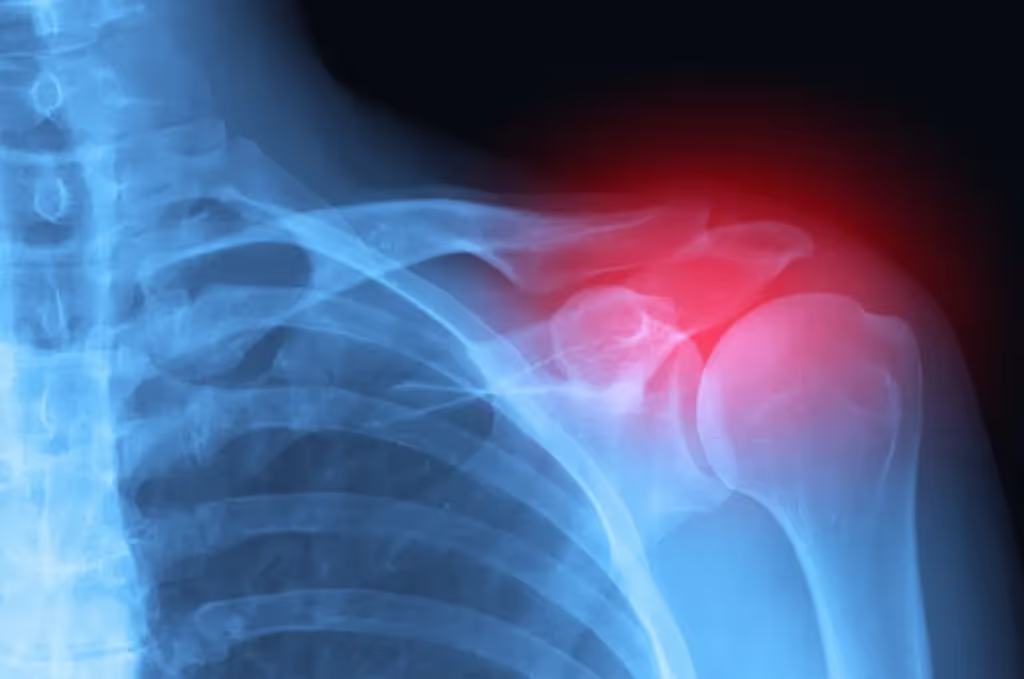 When an individual suffers a personal injury due to another party’s negligence or wrongdoing, the injured person often seeks compensation through the at-fault party’s insurance company. New York, like many other states, has specific laws and statutes governing personal injury cases. These laws provide a framework for injured parties to seek justice and compensation for their injuries. However, insurance companies often employ various defenses to minimize or altogether deny the injured party’s claim. This article will explore some of the most common defenses used by insurance companies in New York personal injury cases, citing relevant New York laws and statutes and providing examples for each defense.
When an individual suffers a personal injury due to another party’s negligence or wrongdoing, the injured person often seeks compensation through the at-fault party’s insurance company. New York, like many other states, has specific laws and statutes governing personal injury cases. These laws provide a framework for injured parties to seek justice and compensation for their injuries. However, insurance companies often employ various defenses to minimize or altogether deny the injured party’s claim. This article will explore some of the most common defenses used by insurance companies in New York personal injury cases, citing relevant New York laws and statutes and providing examples for each defense.
Comparative Negligence
New York follows a comparative negligence rule, codified in NY CPLR § 1411, which apportions damages based on the degree of fault of each party. The comparative negligence defense allows insurance companies to argue that the injured party’s damages should be reduced in proportion to their own fault in the accident.
Example: A pedestrian is struck by a car while jaywalking across the street. The driver of the car was speeding at the time of the accident. In this case, a court may determine that the pedestrian was 40% at fault for the accident, while the driver was 60% at fault. If the pedestrian’s damages are assessed at $100,000, under comparative negligence, the pedestrian would be entitled to recover $60,000 (60% of the damages) from the driver’s insurance company.
Pre-existing Conditions
Insurance companies often use a pre-existing condition as a defense to limit or deny liability. They may argue that the injured party’s damages were not caused by the accident but were rather a result of a pre-existing condition. In order to use this defense, the insurance company must provide medical evidence to support their claim that the injury existed before the accident.
Example: A person is involved in a car accident and suffers a back injury. The insurance company may argue that the injured person had a history of back problems and that the accident did not cause the injury. In this case, the insurance company would have to provide medical records or expert testimony to support their defense.
Failure to Mitigate Damages
Under New York law, an injured party has a duty to mitigate their damages. This means that the injured party must take reasonable steps to minimize the harm they suffer as a result of the accident. An insurance company may argue that the injured party failed to mitigate their damages, and as a result, their compensation should be reduced or denied.
Example: A person suffers a leg injury in a car accident but refuses to undergo recommended physical therapy. The insurance company may argue that the injured person’s failure to participate in physical therapy has prolonged their recovery and increased their damages, and therefore the insurance company should not be held responsible for the additional costs.
Statute of Limitations
New York has a strict statute of limitations for personal injury cases. Under NY CPLR § 214, an injured party has three years from the date of the accident to file a lawsuit. If the injured party fails to file a lawsuit within this time frame, the insurance company may use the statute of limitations as a defense to bar the injured party’s claim.
Example: A person is injured in a car accident on January 1, 2020, but does not file a lawsuit against the at-fault driver until January 10, 2023. In this case, the insurance company would argue that the injured person’s claim is time-barred under the statute of limitations, and as a result, they would not be liable for any damages.
Lack of Causation
In personal injury cases, it is necessary for the injured party to prove that their injuries were directly caused by the at-fault party’s negligence or wrongdoing. Insurance companies may argue that the injured party cannot establish a direct link between the defendant’s actions and the injuries sustained, thus asserting a lack of causation defense.
Example: A person is involved in a car accident and claims to have suffered a neck injury as a result. The insurance company may argue that the injured party had a pre-existing neck condition unrelated to the accident, making it impossible to establish a direct link between the defendant’s negligence and the injury.
Assumption of Risk
The assumption of risk defense is often used in cases where the injured party voluntarily participated in a risky activity and was aware of the potential dangers involved. By participating in the activity, the injured party is said to have assumed the risk of injury, and as a result, the insurance company may argue that they are not liable for any damages.
Example: A person participates in a high-risk sport, such as skydiving, and is injured during the activity. The insurance company may argue that the injured party assumed the risk of injury by choosing to participate in the sport and that they should not be held responsible for the damages incurred.
Insurance companies in New York personal injury cases employ various defenses to minimize their liability and payouts. By understanding these common defenses, injured parties can better prepare for their case and work with experienced accident attorneys to develop effective counterarguments. Ultimately, knowledge of these defenses can be instrumental in achieving a favorable outcome and securing the compensation necessary for recovery.
Contact Parker Waichman LLP for a Free Case Review
If you or a loved one suffered serious harm due to a product recall, contact our us today for a free case review. You or your family member could receive significant monetary compensation for your injuries or for the loss of a loved one.
Time is limited, so don’t hesitate to get in touch with our firm. Call Parker Waichman LLP at 800-968-7529 to understand your rights and options. If qualified, our attorneys will work hard to obtain the financial compensation you or your loved one deserves.












 When an individual suffers a personal injury due to another party’s negligence or wrongdoing, the injured person often seeks compensation through the at-fault party’s insurance company. New York, like many other states, has specific laws and statutes governing personal injury cases. These laws provide a framework for injured parties to seek justice and compensation for their injuries. However, insurance companies often employ various defenses to minimize or altogether deny the injured party’s claim. This article will explore some of the most common defenses used by insurance companies in New York personal injury cases, citing relevant New York laws and statutes and providing examples for each defense.
When an individual suffers a personal injury due to another party’s negligence or wrongdoing, the injured person often seeks compensation through the at-fault party’s insurance company. New York, like many other states, has specific laws and statutes governing personal injury cases. These laws provide a framework for injured parties to seek justice and compensation for their injuries. However, insurance companies often employ various defenses to minimize or altogether deny the injured party’s claim. This article will explore some of the most common defenses used by insurance companies in New York personal injury cases, citing relevant New York laws and statutes and providing examples for each defense.






















